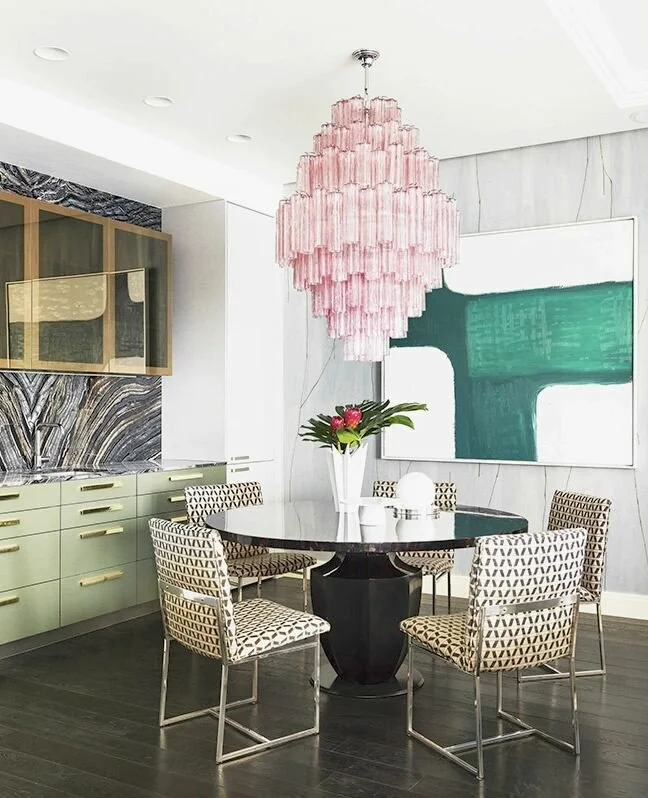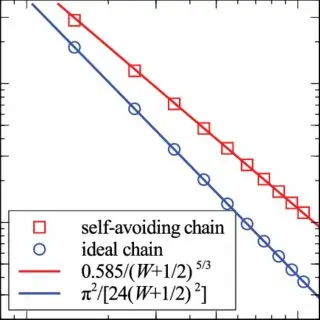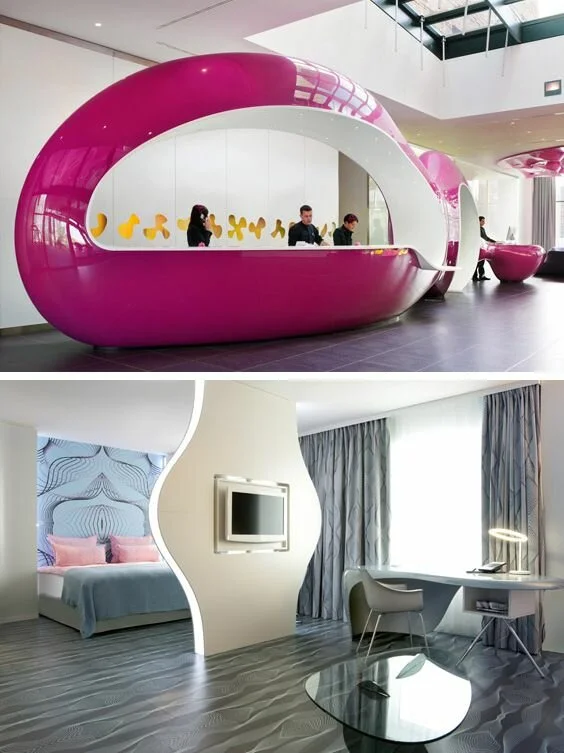The Poliform and Varenna factories overtook the re-branding: the kitchens will be produced under the Poliform trademark. Elena Kartseva tells how these changes affected production.
Poliform, founded in 1970 on the basis of a family furniture workshop, from the very beginning made a bet on industrialization. In the brand Varenna, which was famous in the 1950s, the same principles were transferred to their kitchens. Over the past twenty-odd years, the last differences between the main and kitchen lines have been erased, so today’s rebranding has become quite a natural step.
Roberto Spinelli, Director General of the Division
“Kitchens” Poliform.
On verified to a second and millimeter automated production lines, it seems, the future came sooner than in science fiction films. The workshop begins with two twin pantographs, performing seemingly identical operations: saw the gray panels and cut through them the holes necessary for the subsequent installation of fasteners. In fact, carcasses and shelves are made on one machine, and on the other – corner and high cabinets for furniture on individual sizes. This division allows you to easily make adjustments in accordance with the wishes of the client.
The machine, controlled from the computer, makes in the walls of the furniture frame all necessary for the assembly and installation of loops and fixture holes, as well as grooves under the rear wall.
On the same principle of division into a standard and an individual, a paint and varnish shop is also built: the parts that are special in size, shape or color are painted by hand, and varnishing of typical elements takes place on the conveyor. All panels are laid out on a moving cloth, the computer determines their size and location, spray the paint and send it to the oven for drying.
The machine applies the necessary number of drops of glue in the right places, and the master can only connect the parts and allow them to dry.
The creation of decorative elements, mainly countertops and facades, takes place in a separate workshop. The raw materials come either from special suppliers, such as corian or steel, or from their own production, like laminated or melamine panels. All of them undergo the process of “cutting out” to the required dimensions, marking and cutting holes and installing fasteners.
Masters examine each millimeter of panels and, if they find faults, determine what can be eliminated with the help of abrasive materials, the rest is rejected.
Simultaneously, according to technical drawings, lightweight aluminum structures for fastening tabletops are made – for strength of thin design panels an invisible frame is required. This is a rare stage of production, which has more people than cars, which, incidentally, does not affect the pace at all. The release of the kitchen from order to delivery takes at least two months. And if the first couple of weeks are pawned for the development and approval of the project, then all the rest of the time is required exclusively for production and depends not on the workload, but only on technical standards.
Paint and varnish shop. In a damp chamber, the master spray the paint manually on non-serial elements.
A clear organization of work allows the factory to produce an average of about one hundred and twenty kitchen sets a week. From the very beginning of each part, assign the number corresponding to the order number. On this bar-code you can track the fate of components at any stage of production. The assembled cabinet is packed, of course, on a special machine, brought into the database and sent to the warehouse – wait for the top and doors. As soon as the tracking system gives a signal of the availability of the order, the number can quickly find all the components of the product and send them to the delivery department.
A close-up of a lathe machine. The computer determines the position and size of the parts, applies the lacquer and sends it to the oven for drying.
Lightweight aluminum profiles, which make an internal structure to support the countertop.
Furniture dowels are poured into a vibrating bowl and thanks to this vibration they themselves rise to the inner rim and move then along the groove to the installation.
Storage of screws, screws, nuts and furniture dowels – all sorted by type and size, as in a pharmacy.
Kitchen Trail.
Kitchen Phoenix.
Kitchen Phoenix.
- Sofa Mondrian.



